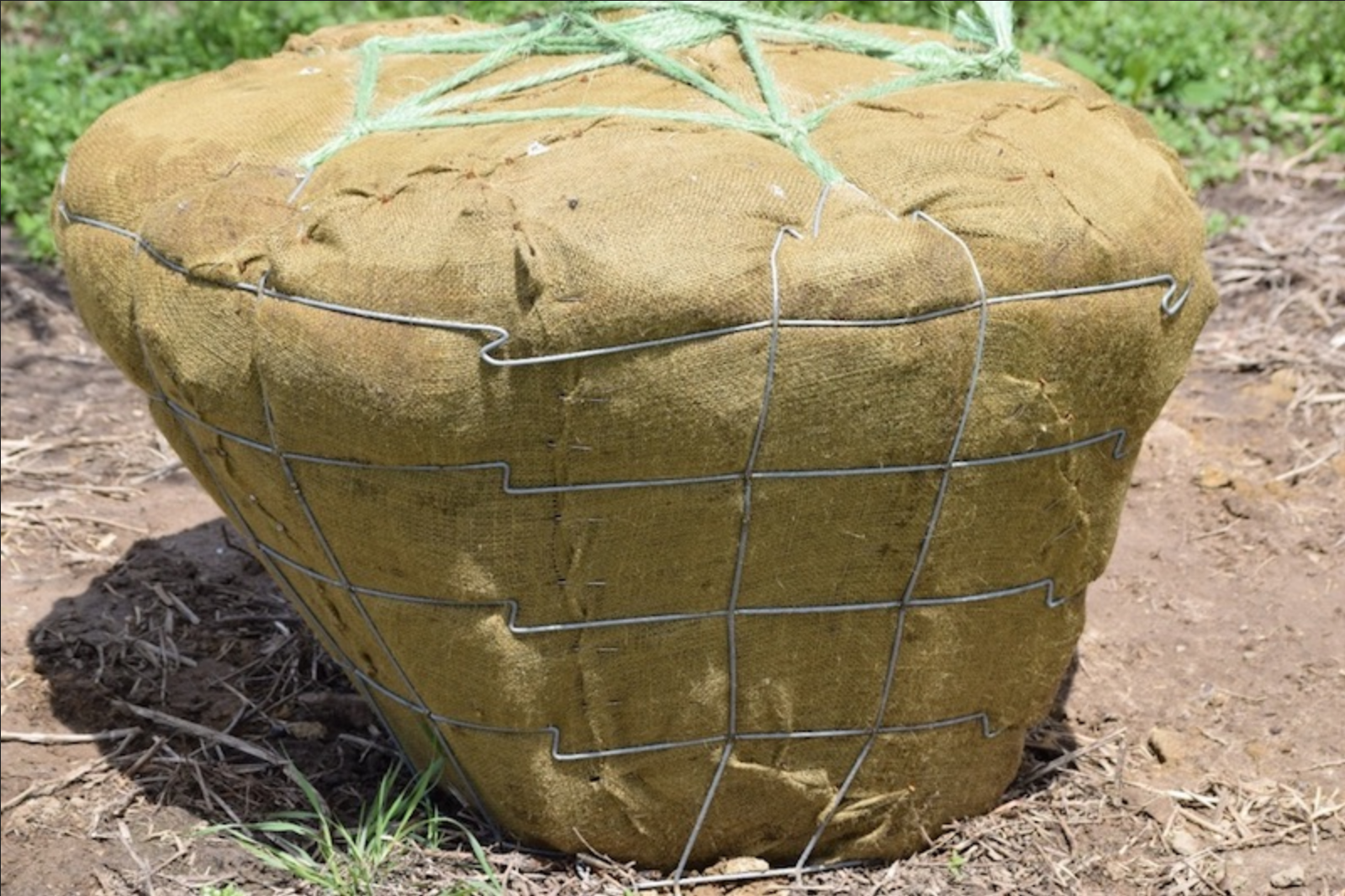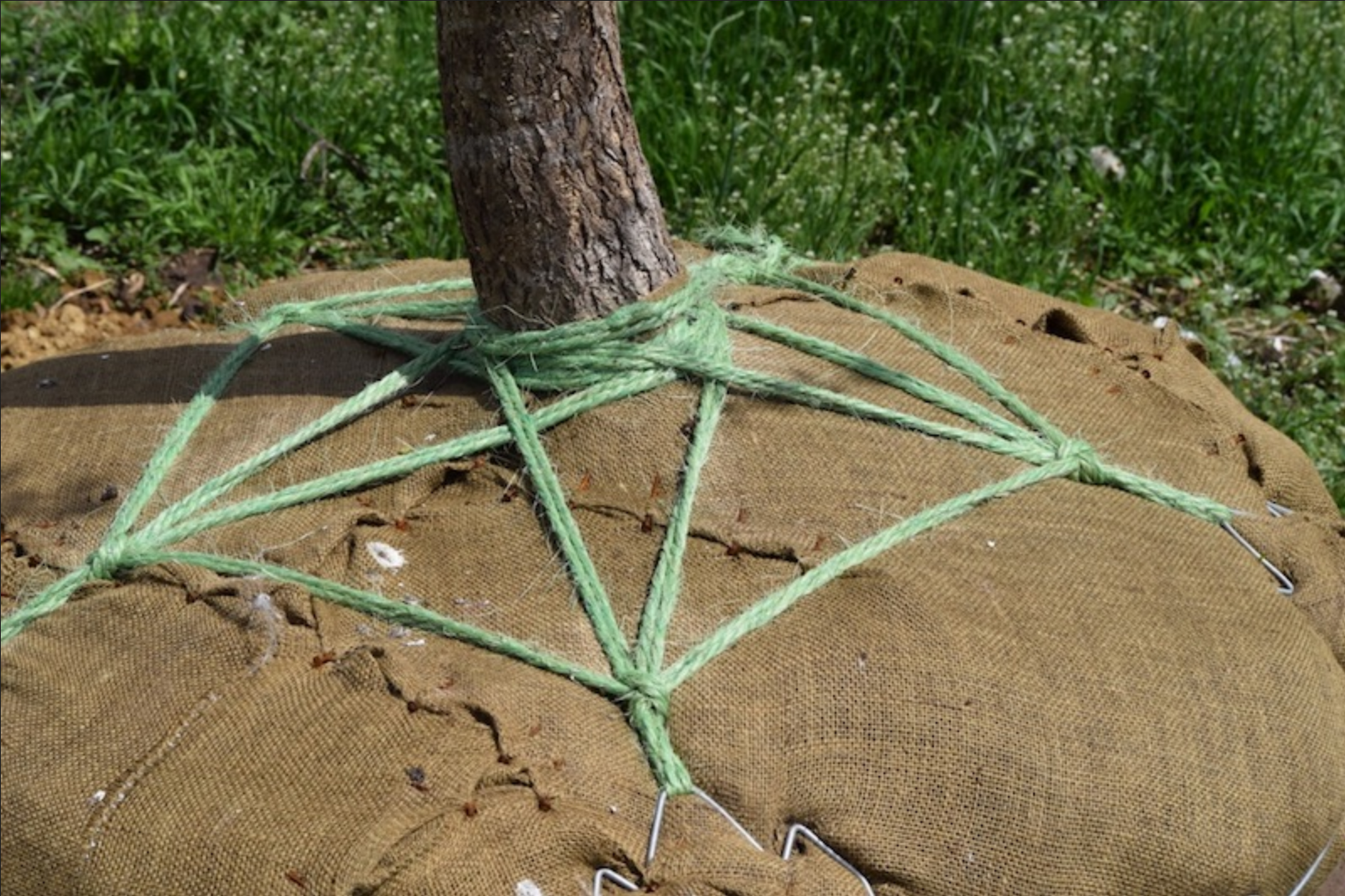picture of the week
November 8, 2021
The Wire Basket Conundrum
Kyle Daniel, Department of Horticulture and Landscape Architecture
It has been discussed (sometimes passionately) as long as they have been used: Should I leave the wire basket and burlap or remove it at transplanting? You can ask ten people in the green industry and you will probably end up with ten different answers in regards to wire baskets. There is a lot of anecdotal evidence that people use in their answers, but there aren’t many long-term replicated research trials that address this issue. One of the most recent studies, which was a short-term trial, indicated no differences in growth between wire basket removal, partial removal, or wire basket complete (Koeser, et.al., 2015). This study followed the plants two and three years after transplanting.
Click image to enlarge
The point of contention between the ‘leave it vs. remove it’ groups is the effect of the wire basket and burlap on root growth. Typically, in the Midwest’s climate, natural burlap will degrade relatively quick, along with the welds on the wire baskets. Treated, or artificial, burlap will not break down, so this type of material should be completely removed, though most nurseries use natural burlap.
Based on available data, the correct method of the wire basket and burlap issue is to completely remove the twine and remove the burlap and basket ½ to 1/3 of the way down the root ball. This will allow the majority of anchorage roots and root hairs to not be impeded by any foreign objects. By leaving a portion of the basket, root ball disturbance will be minimized and staking the tree should not be needed.





